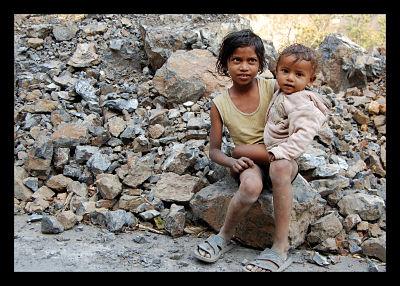The Realities of Child Poverty in the Philippines
Child poverty remains a pressing issue in the Philippines, with millions of children facing dire circumstances that hinder their development and future prospects. According to recent statistics, around 30% of Filipino children live below the poverty line. This alarming figure reflects the urgent need for effective interventions and support systems.
The Causes of Child Poverty
The contributing factors to child poverty in the Philippines are multifaceted and interconnected. High unemployment rates and underemployment are significantly affecting families’ financial stability. This economic struggle often leads to children being forced into labor or missing out on education.
Additionally, natural disasters, such as typhoons and earthquakes, frequently disrupt livelihoods in the region. These events exacerbate the existing socio-economic challenges that families face. The cycle of poverty becomes more entrenched as families grapple with recovery and rebuilding efforts.
The Impact on Education
Access to education is critically impacted by child poverty, with many children unable to attend school regularly. The lack of resources, such as school supplies and transportation, delimits educational opportunities for impoverished children. This stark reality leads to lower literacy rates and diminished potential for future employment.
Moreover, schools in impoverished areas often face overcrowding and insufficient infrastructure. Such conditions further hinder children’s ability to learn effectively. To break this cycle, significant investment in education is critical.
Health Implications
Child poverty also has serious health implications, as many children do not have access to adequate nutrition or healthcare. Malnutrition remains a rampant issue among underprivileged children in the Philippines. This not only affects physical development but also cognitive abilities and overall well-being.
Furthermore, without proper healthcare services, children are more susceptible to diseases, which can lead to long-term health problems. Addressing these health challenges is essential for improving the quality of life for these children. Ensuring that families have access to nutritious food and healthcare is vital in combating child poverty.
The Role of Government and NGOs
The Philippine government, along with non-governmental organizations, plays a crucial role in addressing child poverty. Efforts like cash transfer programs and educational initiatives aim to support families and improve children’s living conditions. However, these measures must be expanded to meet the growing needs of struggling communities.
Additionally, local NGOs are actively working to provide resources and raise awareness about the realities of child poverty. Collaborative efforts are essential to create sustainable solutions that lift families out of poverty. Engagement and awareness among citizens can strengthen these initiatives and ensure a brighter future for the youth.
For more in-depth insights on this urgent issue, visit The Realities of Child Poverty in the Philippines.

